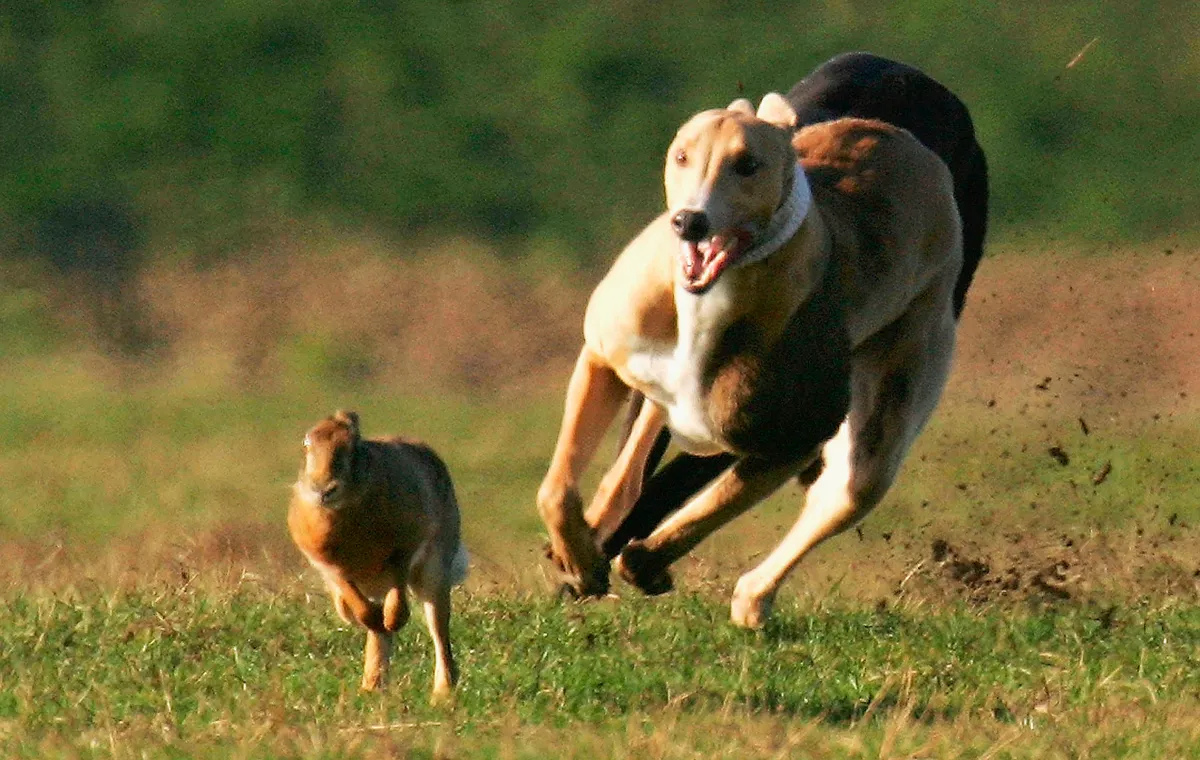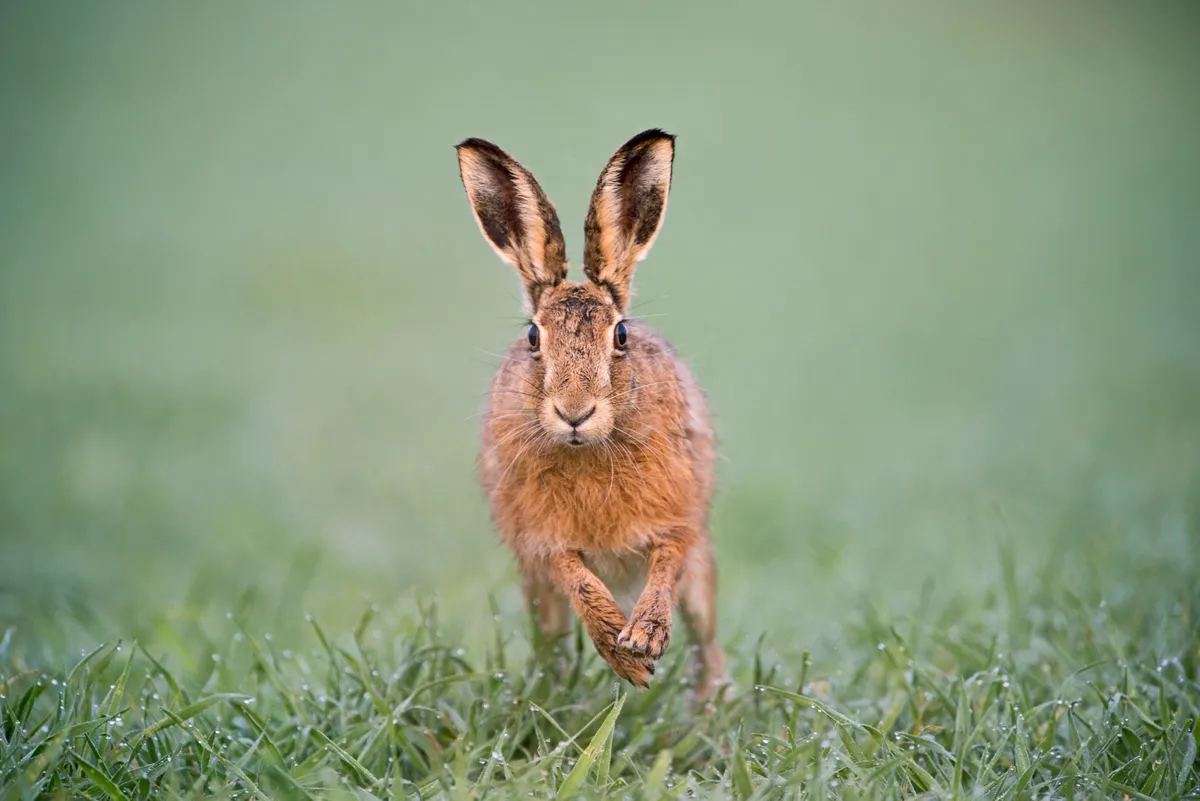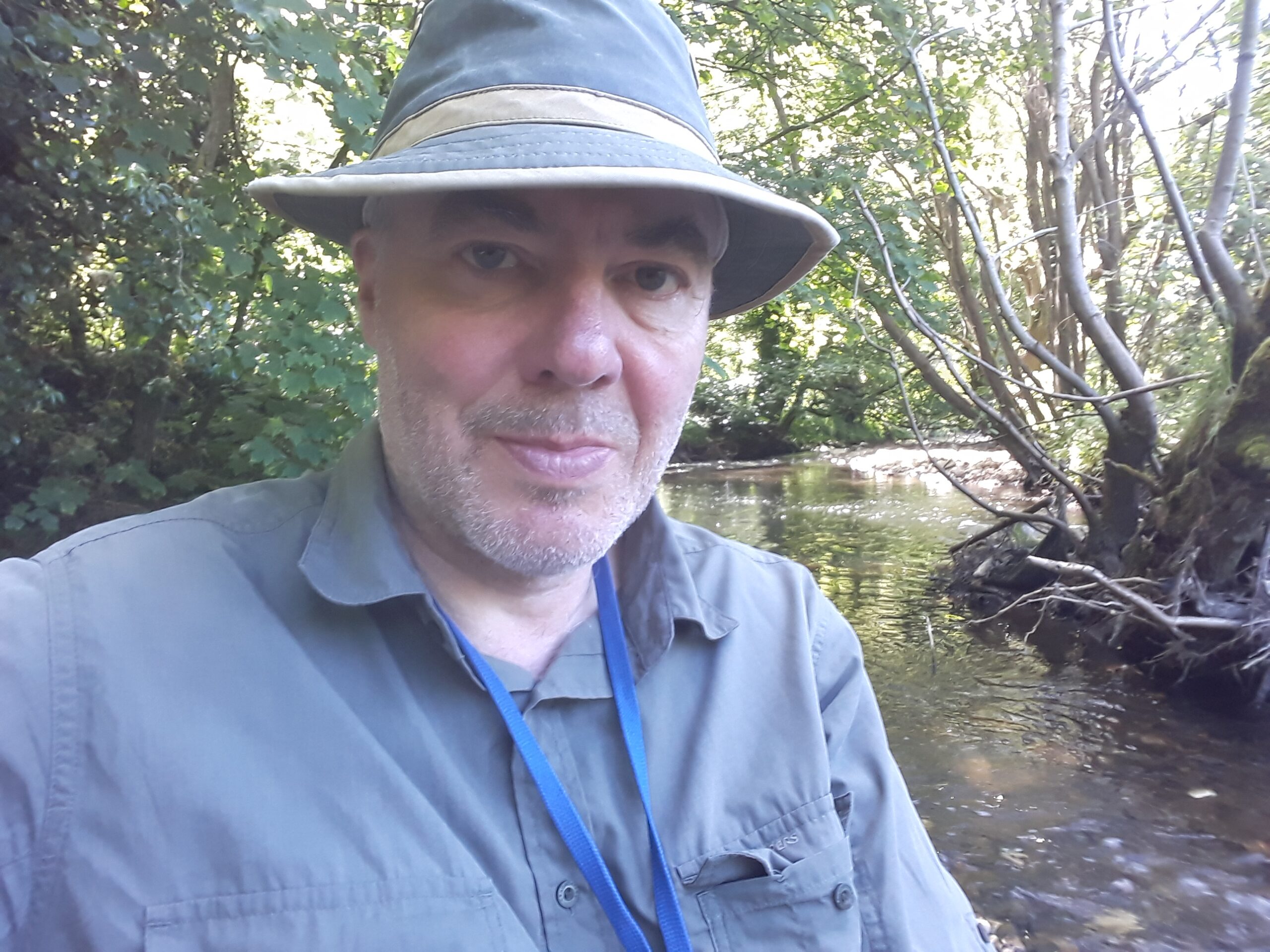Hare coursing has been illegal since 2004, yet still takes place in some parts of the UK today. In January 2022, the Government set out tougher measures to police and sentence criminals continuing to practise the sport. The punishments now include unlimited fines and the possibility of imprisonment.
The illegal nature of hare coursing and its associated gambling often leads to the participation of people who are undertaking other forms of criminal activity, such as drugs and firearms offences, which is why they pose such a threat to farmers and others in the rural communities.
Find out what hare coursing is, the history of it and who still takes part in our expert guide below.
What is hare coursing?
Hare coursing sets two running dogs onto a brown hare. The dogs compete and are judged by how closely they can follow the twists and turns of the hare as it tries to escape, and if they ultimately catch and kill it. The dogs are competing and gambling is often involved.
Is hare coursing legal?
No. Hare coursing was made illegal by the Hunting Act 2004.
What's the background of hare coursing?
Hare coursing has a long history reaching back centuries. It was originally a sport of the nobility, but by the end of the 19th century and at its peak it had become a working man’s sport, which lasted until it was superseded by greyhound racing in the 1920s. Its most famous event was the Waterloo Cup held in Lancashire, the last taking place in 2005, just months before the practice was banned.
“We’re pleased to see proposals to crack down on hare coursing; a barbaric bloodsport that sees hare cruelly chased, caught and killed by dogs. It’s time hare coursing was consigned to the history books, where it belongs.”
Chris Sherwood, RSPCA chief executive
What kind of dogs are used?
Sighthounds (also known as longdogs) and their crosses: greyhounds, salukis, slughi, borzoi, Afghan hounds, whippets – all are fast, agile, and hunt by sight. Many are badly treated once their coursing days are over and many end up in animal rescue sanctuaries.

Where does hare coursing take place?
Coursing requires big, open spaces so agricultural areas such as Lincolnshire suffer badly from illegal coursing gangs and activities.
Are hares endangered?
Brown hares are widespread across the UK but numbers are declining. Their population is estimated at less than half a million in England and they are listed as a priority in the UK’s Biodiversity Action Plan. An iconic sight in the British countryside, the brown hare is known for its long, black-tipped ears and fast running – it can reach speeds of 45mph – and is most commonly found on arable land and open grassland. They face a range of threats, including poaching and habitat loss.

Main image credit: The last Waterloo Cup hare coursing event on February 15, 2005 near Liverpool, England./Credit: Getty.

